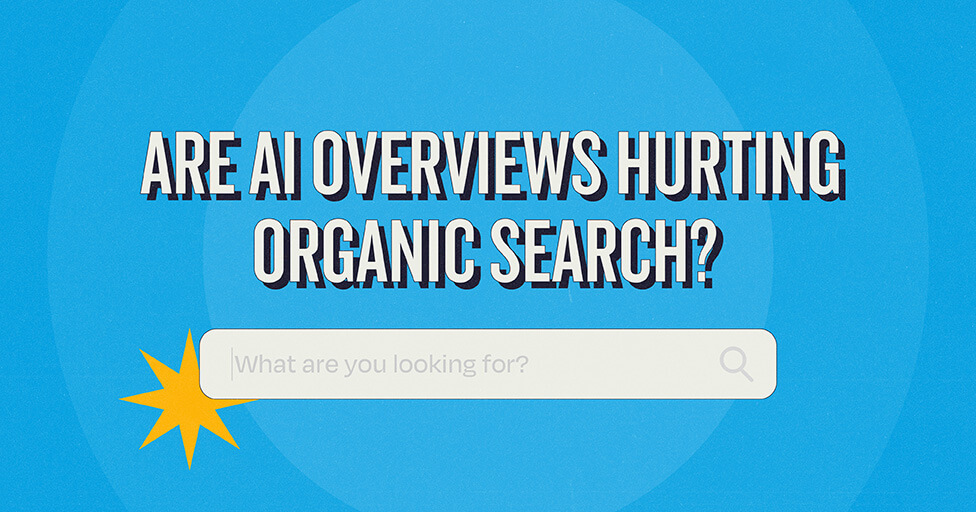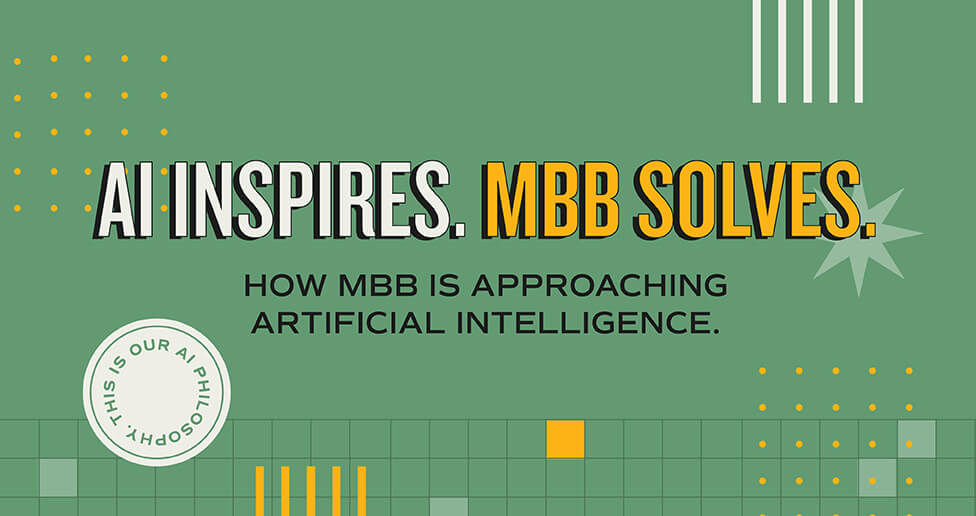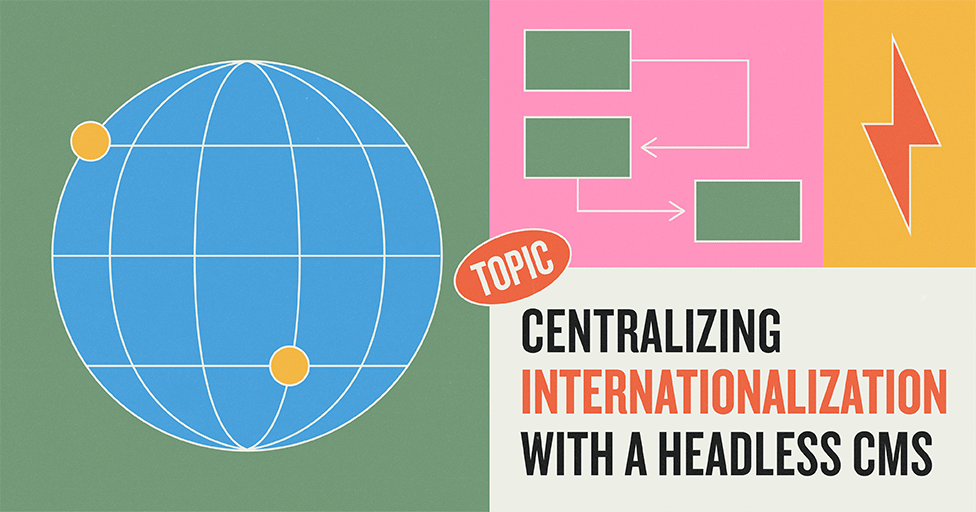
One compelling reason to opt for a headless Content Management System (CMS) over a traditional CMS is that a headless system lets you decouple your content from the context in which it appears. By streamlining how updates are made across apps, kiosks, intranets, websites, and more, you can also easily implement a review process that allows one or more departments to have top-level review of content prior to publication.
For brands that operate internationally, streamlining your CMS while allowing for multiple delivery contexts is even more paramount. If your web presence is splintered across multiple traditional CMS installations, central management is inefficient or impossible. You pay more for the development and maintenance of multiple sites, deploy the same company-wide content change multiple times, and struggle to keep brand fidelity with multiple content-authoring teams and no straightforward way to review changes.
In addition to the other benefits you would expect to experience when moving to a headless CMS, the business case for centralizing an international web presence into one CMS is strong. Transitioning into a headless system helps you:
- Globally align company branding and product delivery
- Reach audiences in multiple languages
- Support unique Customer Relationship Management (CRM) integrations or workflows
- Streamline review through offices, regions, and headquarters
- Launch new language content more quickly than a full site design/development
- Deliver site pages faster in designated regions through a global Content Delivery Network (CDN)
- Recover time spent on delivery and maintenance of multiple websites
As you plan your new website and content model, here are some questions to ask your team to guide discovery around internationalization and localization.
What audiences do we hope to reach with a centralized site?
Localization is more than simple translation. In addition to supporting multilingual content for your website, you can make choices about what graphics and data will be changed to resonate better with users in their local cultural context.
With the efficiency you gain through centralizing maintenance to one site and automating translations if you choose to do so, you can spend resources designing unique content experiences on high-value pages to maximize your potential to reach your customers.
Content authors can navigate the content structure of each translated page of their website, create entirely unique content that is shown only on pages in certain languages, and customize components to meet their needs.
What integrations do we need to preserve for each region?
Inventory the tools that are currently being used by regional and local offices to decide what should be supported as you move to a single website. Through content modeling, web components can be developed with options that allow regional offices to maintain unique processes from one another.
When we worked with Sunlighten to move seven regional sites representing eleven offices into one site with advanced localization of content, we needed to support different customer service workflows. The Support Contact Form component was developed with an option to connect directly to a CRM database—the solution preferred by the United States office—or to embed a form that could integrate with the solution preferred by the United Kingdom office.
These component variations preserve the brand identity and aesthetic of the website.
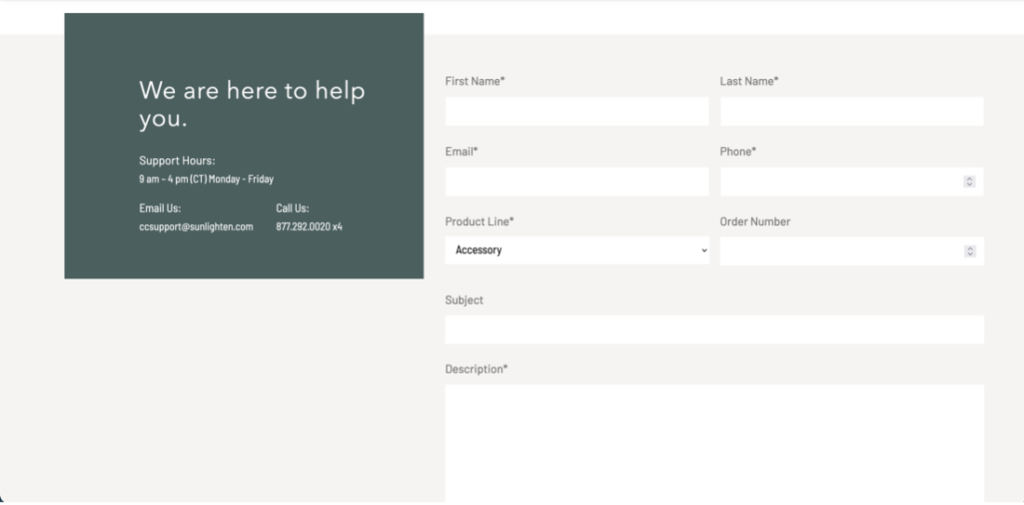
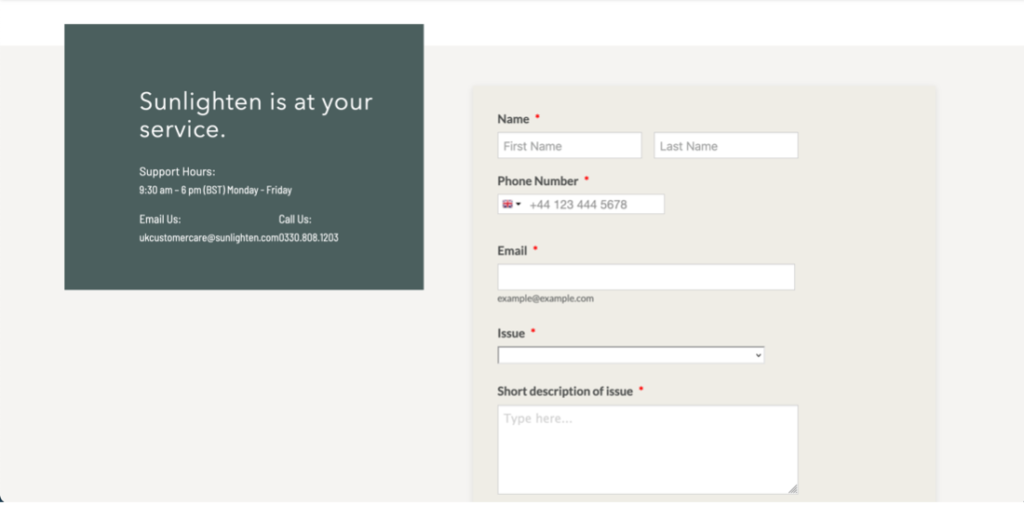
How are audiences currently finding our brand?
Multiple websites mean multiple Search Engine Optimization (SEO) strategies. Preserve what these sites are doing well and support the complexity of your new website with canonical URLs, hreflang tags, and sitemaps that make your content discoverable to users in your correct region.
Decide if international websites will remain at their current URLs or move to a subdomain or other location on the domain of your primary website. Using a static site generator with a headless CMS, supporting multiple domains is possible, but it may increase the deployment complexity for your engineering team.
How will we review content?
In websites distributed across multiple CMSs, reviewing all content can be impractical if not impossible. With one CMS, you can develop workflows that require content items to be approved by a team before moving on to the next review step.
In more advanced CMS systems, you can even restrict certain content items to their own review workflows. You may want to require that privacy policies, terms of service, and other relevant pages pass a legal review documented in the CMS prior to publication.
Conclusion
Localization and internationalization through one central CMS and one or more websites with automated builds have the potential to ease many headaches for your business and content-authoring team. An internationalized site is a more complex project at the outset, but your customers will enjoy a much better user experience on your site. Localized content feels familiar and relatable. Internationalized sites served through a CDN feel faster. Your content-authoring team is more confident in brand fidelity, legal compliance, and updated messaging. You’ll continue to see benefits from the project through your next website redesign when content can be easily updated into a refreshed UI.
Subscribe to our newsletter
Get our insights and perspectives delivered to your inbox.
